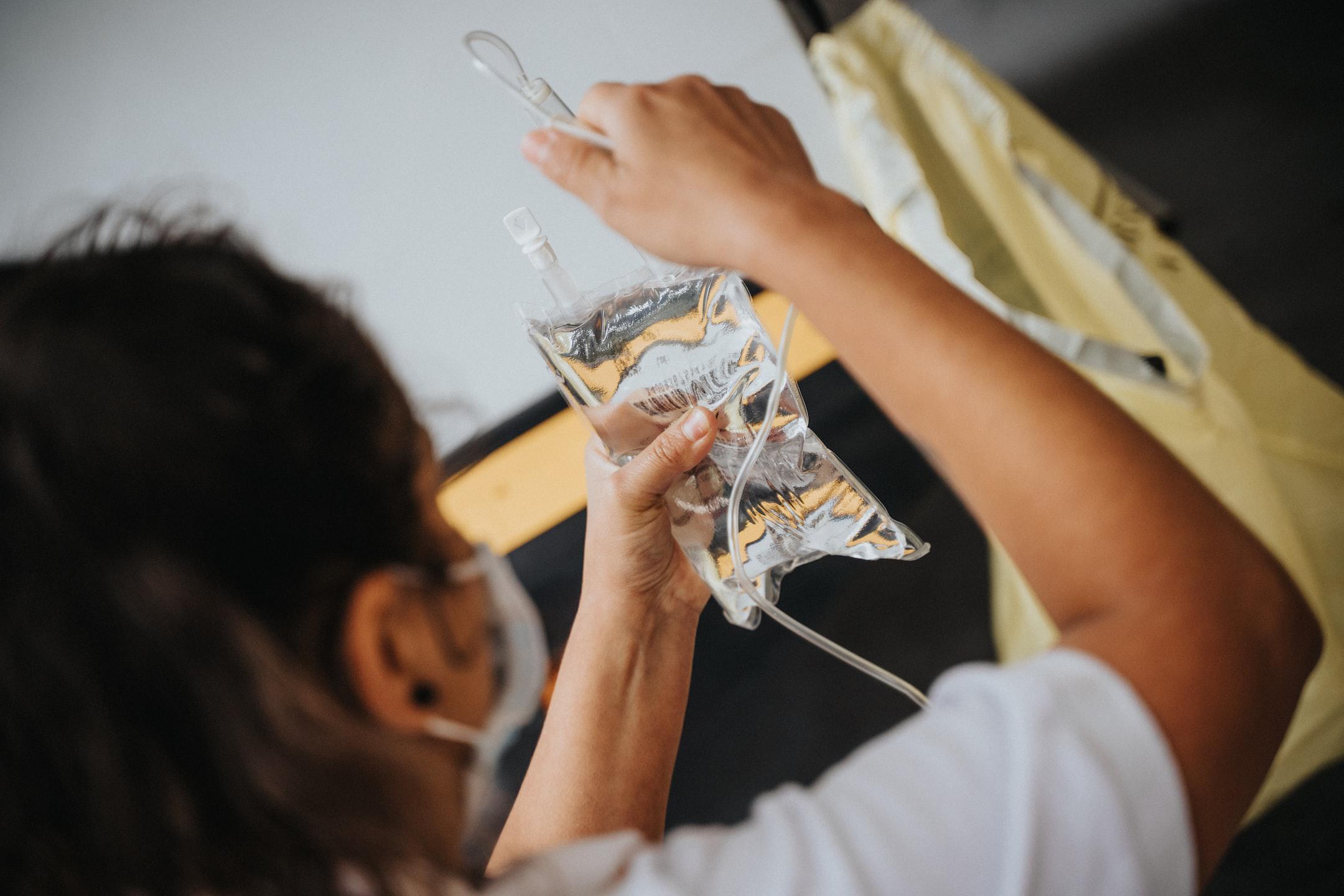
Traditional treatments for depression and anxiety, including medication and talk therapy, have been proven effective over and again. The only drawback? Time. It can take weeks or months for medications to take effect, and therapy sessions often continue for months or years. The tragic reality is that, for a small number of patients, traditional treatments prove unsuccessful for their depression. These patients can spend years bouncing between medications looking for relief, but finding none. Enter ketamine.
Ketamine has traditionally been used for patients undergoing general anesthesia, or as an emergency room painkiller. Recently, doctors and researchers have boosted the drug's profile because of its wonderful efficacy against treatment-resistant depression, anxiety, bipolar disorder, and PTSD. Patients who receive ketamine infusions often report immediate relief from symptoms. It’s not uncommon for that relief to stretch for months, even years. These ketamine infusions are administered in the safety and comfort of doctors office, where patients are supported physically and emotionally throughout the infusion. Suddenly, there is a treatment for patients whose depression and anxiety have plagued them for years.
If your doctor has confirmed that ketamine infusion is the right treatment for your depression, you may wonder what that means. Is it an injection? A liquid? Is it painful? Can you drive after treatment?
Put your worries at ease. Ketamine infusion is an almost painless, sometimes euphoric experience. These infusions are performed in a doctors office or treatment center, and there should always be an emphasis on patient comfort. Most often, you will be in a room with low lights and a comfortable chair.
Ketamine infusions are done with an IV. A doctor or nurse will find a vein on your hand or arm, and will skilfully (it’s just a pinch) insert the IV needle. The worst is over!
Next, the doctor or nurse will connect and hang your ketamine IV bag. This bag will slowly release the medication into your drip at a measured rate over the course of 45 minutes to an hour. The doctor or nurse will carefully monitor your heart rate and oxygen levels during your infusion. Most patients feel warm and relaxed during the treatment, and you will probably experience general euphoria and a sense of dissociation. However, if you begin to feel nauseated (rare, but it happens), you can ask to be provided IV medications to help you feel better. These medications are added to the IV fluids and are fast, safe, and extremely effective.
Once your infusion is complete, your IV is removed and you are invited to relax while you discuss how you're feeling with your doctor. You’ll be encouraged to stay for a while as you find your bearings. While you may have “floaty” feelings during the ketamine infusion, it’s common to feel relaxed, refreshed, and energized once the infusion is over. You will be back to feeling “normal” within minutes of your treatment ending.
Following general best practices after having anesthetic drugs, you won’t be permitted to drive home. Family, friends, or an Uber are best.
Over the course of the next days or weeks, you may receive “maintenance” treatment. These are infusions or injections done at regular periods to enhance the efficacy of your treatment. These additional ketamine infusions or injections are proven to improve the long-term results of ketamine treatment and are commonly prescribed.
Ketamine infusion has quickly become recognized as a life-changing, life-saving treatment for depression among members of the medical community. At Bella Jace Center for Health, we take great pride in building relationships with patients to support them before, during, and after ketamine infusion treatment. Give us a call or schedule your appointment today to see if ketamine infusion therapy is right for you. We look forward to helping you on your path to mental wellness.